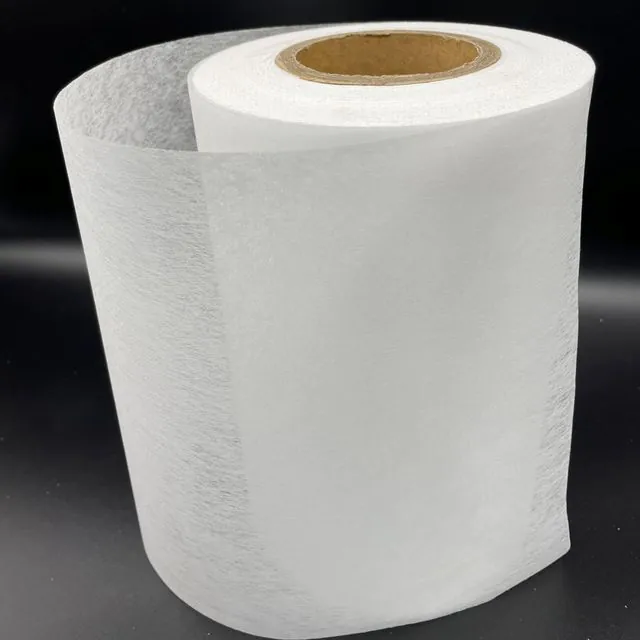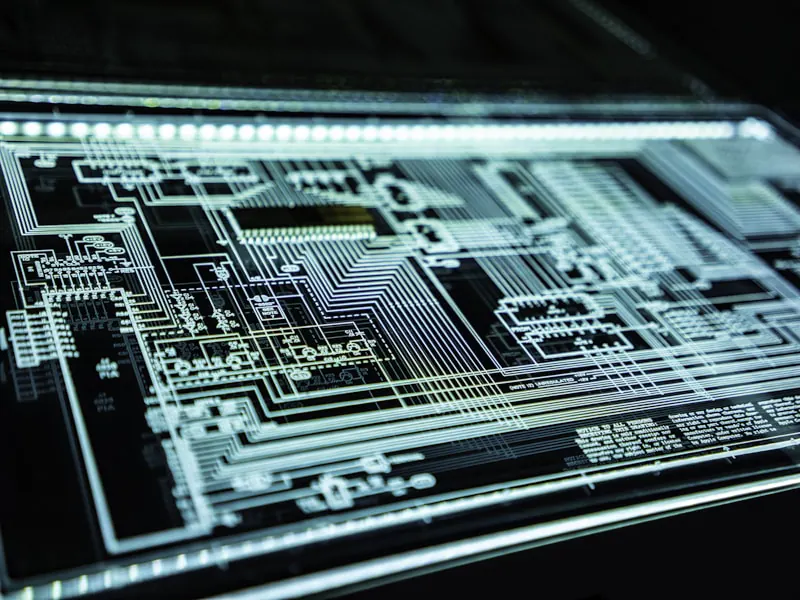How non-woven fabric become water resistance
Non-woven fabrics are naturally quite absorbent due to their structure of randomly arranged fibers. To make them water resistant, several treatment methods can be applied:
Common Water Resistance Treatments
- Chemical Treatments
- Application of fluorochemicals (like fluorocarbons)
- Silicone-based water repellent coatings
- Wax emulsions or paraffin treatments
- Lamination Processes
- Applying a thin polyethylene or polypropylene film
- Bonding with waterproof membranes
- Spray Coating
- Applying hydrophobic polymers through spray application
- Often used for medical and protective garments
- Melt-blown Technology
- Creating inherently water-resistant layers during manufacturing
- Often used in multi-layer non-woven products
The level of water resistance achieved can vary from water-repellent (water beads up and rolls off) to fully waterproof (completely prevents water penetration), depending on the treatment intensity and intended application.

Li Sun
With over 15 years of experience in non-woven fabric manufacturing, I lead our R&D team at Hangzhou Golden Lily. My expertise includes developing innovative filtration materials and sustainable packaging solutions.
Expertise
Non-woven Fabrics Filtration Materials Sustainable Packaging
Contact

